The Galaxy A16 5G Isn’t Exciting, But There’s One Big Reason Why I Think It’s The Best Budget Phone
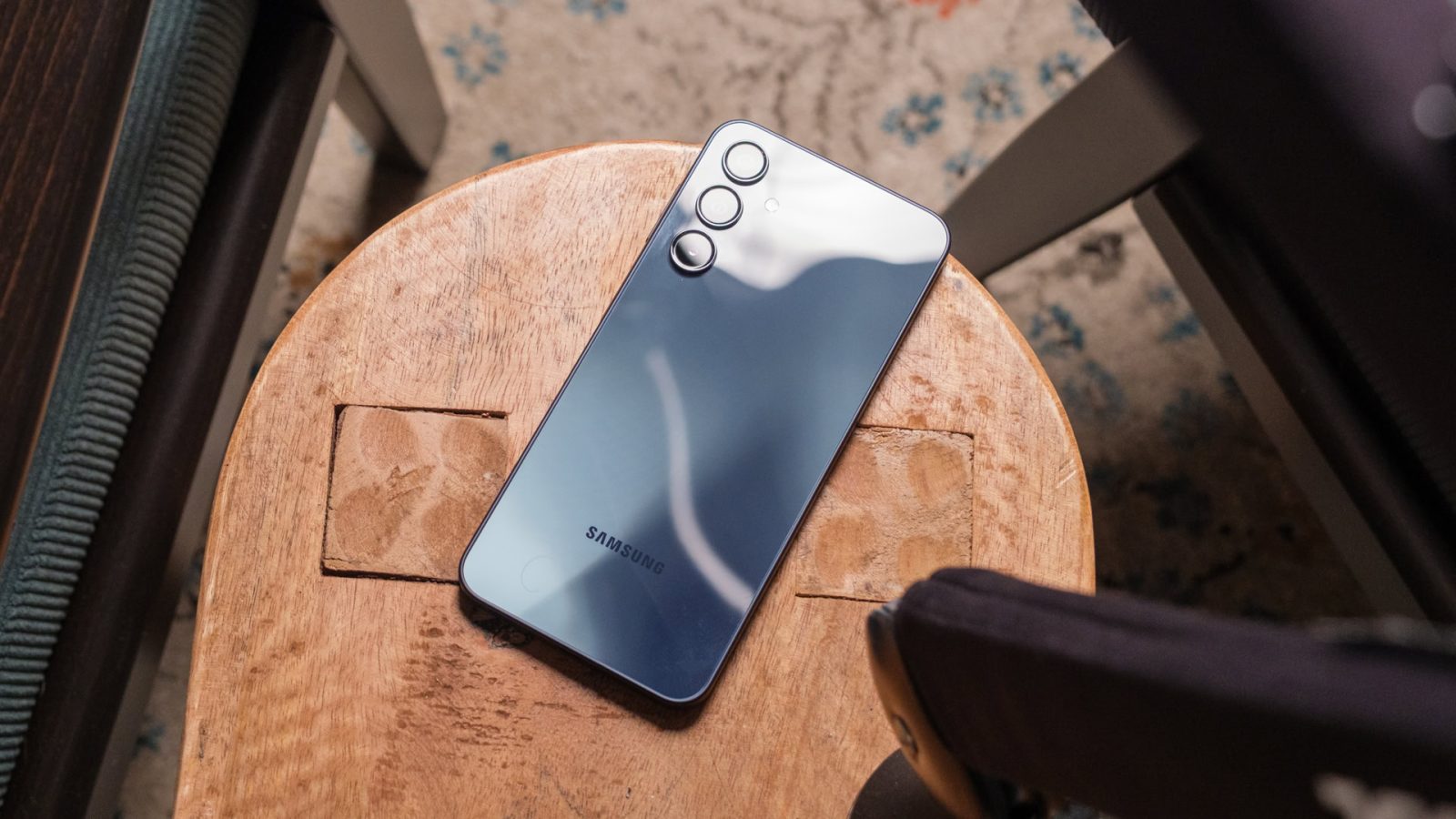
Contents

Samsung Galaxy A16 5G
Samsung’s Galaxy A16 5G doesn’t revolutionize what it means to be a budget phone with new materials, an upgraded camera, or AI-powered features, but it delivers tons of value, backed by a flagship-grade update commitment that will see it supported for up to six years. It might not leap off the page, but this cheap Android phone is more than worth the money as a first phone or a long-term option for an older loved one.
It’s tough to make a truly exciting budget Android phone. After all, there are only so many ways to balance camera sensors, materials, and clever wrinkles while sticking to a strict price point. And, when that price point is a mere $200, finding that balance is even harder. So, instead of giving its Galaxy A16 5G one standout hardware feature, Samsung has done something else for its entry-level smartphone: It’s given it a flagship-grade update commitment, and I think that’s much more valuable. Here’s why.
The Galaxy A16 5G’s design is comfortable but forgettable
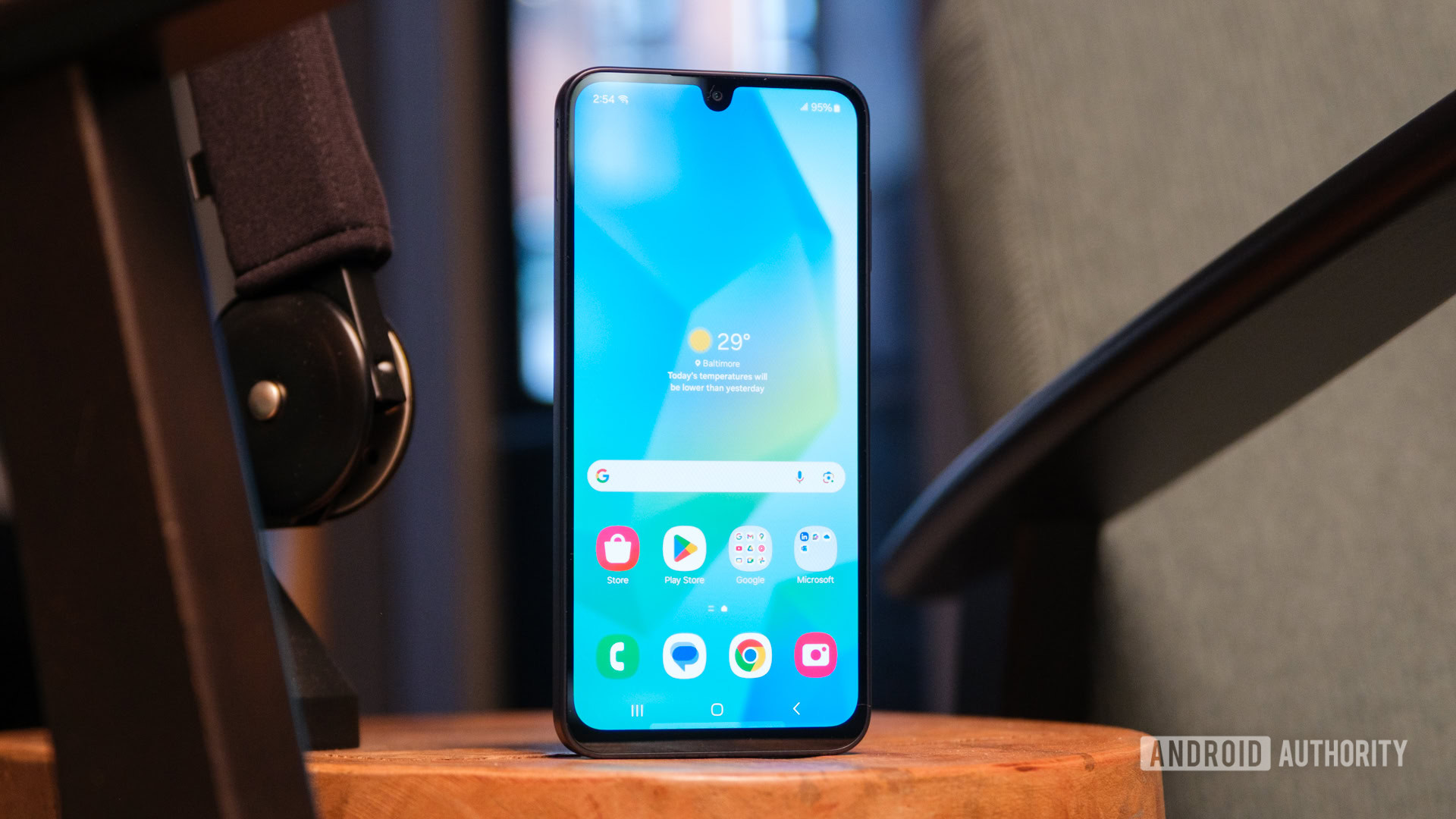
Ryan Haines / Android Authority
I don’t usually pick up a cheap Samsung phone like this expecting to be impressed by its build quality. Sure, it’s nice when something like the Galaxy A35 5G shows up with a high-grade panel of Gorilla Glass on the front, but it’s not usually what makes or breaks a budget phone for me. Instead, I’m typically more impressed with the way a phone looks and feels in my hand, which is good news for the Galaxy A16 5G. This is a cheap phone that does a pretty good impression of something quite a bit more expensive.
The parallels between the Galaxy A16 5G and its flagship cousins are apparent from the minute you take it out of its slimmed-down, no-nonsense box. It copies everything from the flattened frame to the individually housed cameras, only deviating to put the volume rocker and side-mounted fingerprint sensor in the raised Key Island that Samsung introduced to its budget lineup last year. Overall, it’s a pretty good look, and the single glossy Blueblack finish available in the US usually catches the sunlight just right.
The Galaxy A16 5G looks a lot like Samsung’s flagship phones, but most of its glass and metal have been swapped for plastic.
Unfortunately, just because the Galaxy A16 5G looks the part doesn’t mean it earns a starring role. My biggest problem with many of Samsung’s recent designs is that they haven’t offered much in terms of personality. While Motorola has been differentiating its Moto Gs with different materials and Google has been switching up its camera bar to keep its Pixel A series identifiable, Samsung has been forcing its designs closer and closer together. There’s almost no way to tell one apart until you hold it and realize how many smudges the glossy plastic finishes pick up — nearly the only thing setting the Galaxy A series apart from the frosted glass flagships.
That said, I do like Samsung’s return to Key Island. When there’s almost nothing else to feel for around the smooth plastic frame, the slightly scalloped edges at the top and bottom of that little segment make it much easier to find and press the barely indented fingerprint reader. The raised section also gives me a spot to rest my finger while holding the Galaxy A16 5G, which is good since the rest of the phone is very smooth and slippery. I’ll also give Samsung props for rounding the edges of its plastic frame ever so slightly, making the phone a bit more comfortable to hold than the very sharp Galaxy S25 series.
One of the brighter spots of Samsung copying its own design is that even its budget models benefit from pretty excellent displays. I won’t say that the Galaxy A16 5G can go toe-to-toe with its flagship cousins — it can’t — but it does outshine several other cheap phones. I’ve been decently impressed with the 800 nits of peak brightness, even if I’ve barely pushed the phone to that limit beneath the clouds that haven’t left the Mid-Atlantic region in a month. Samsung’s Dynamic AMOLED panel still reaches deep blacks and offers punchy colors while I rewatch Super Bowl LIX highlights for the tenth time today, and its 90Hz refresh rate is plenty smooth even if it isn’t as impressive as the 120Hz rates you can get from most Moto G devices and other similarly priced handsets like the Nothing CMF Phone 1.
Granted, this is still a $200 Android phone, so Samsung has had to make other concessions to stick within its budget. That means the Galaxy A16 5G packs some of the more noticeable bezels I’ve used in a while, especially at the top and bottom edges. The Infinity-V notch stretches down from the top of the display just a bit deeper than I might like, and the thick chin bezel is equally as intrusive. Perhaps I wouldn’t mind the top and bottom bezels so much if they allowed the Galaxy A16 5G to support stereo playback, but I’m disappointed to report that the phone relies exclusively on its bottom-firing speaker, which, although it sounds good, makes most songs feel off-balance. I tried to listen to The Lumineers’ new album, Automatic, and found myself ready to switch to a Bluetooth speaker by the time I hit Strings — the third song.
Samsung has also seen fit to get rid of the headphone jack, which shouldn’t come as a surprise at this point, but it is a bit of a shame when the Galaxy A1X series was one of the final few holdouts with a 3.5mm port.
One last thing — the Galaxy A16 5G comes with a decent IP54 rating, which is always welcome. It’s also a notable improvement over its predecessor, the Galaxy A15 5G, which had no IP rating at all. No, it’s not as impressive as the IP68 and IP69 ratings that you’ll find on something like Motorola’s Moto G Power 5G (2025), but it does offer more peace of mind than the “water repellent” Moto G 5G (2025). I think I’d like to see Samsung upgrade its materials away from a basic plastic build before it went for a full water resistance rating anyway.
Samsung’s Exynos 1330 might stumble, but it doesn’t fall
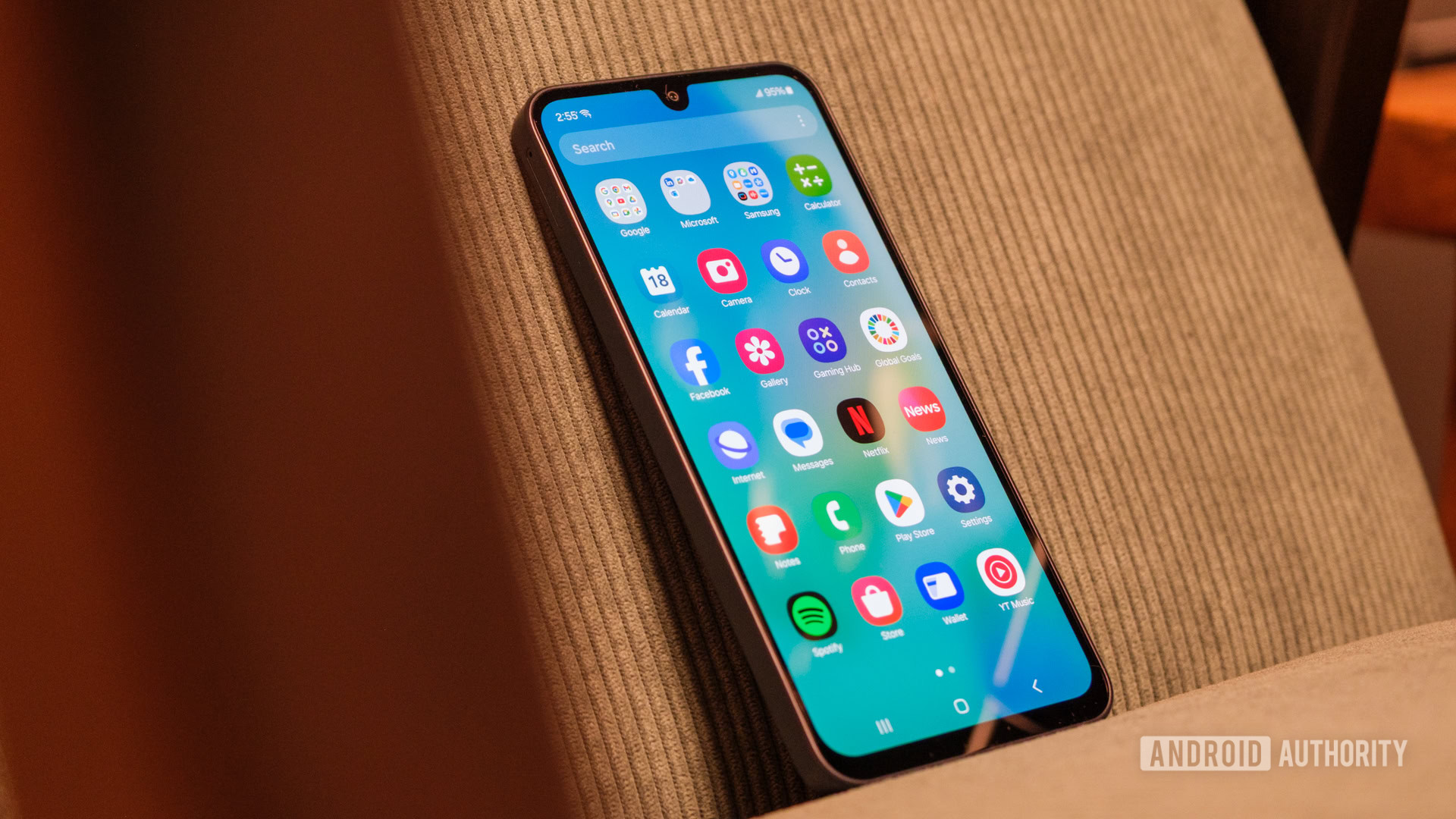
Ryan Haines / Android Authority
Under the hood, the Galaxy A16 5G is back to in-house silicon to keep the lights on for the global model. It packs Samsung’s Exynos 1330 chipset in the US, a significant swap from the Dimensity 6100 Plus chipset that powered the previous Galaxy A15 5G, though some international models of the Galaxy A16 5G stick with MediaTek via the Dimensity 6300. Interestingly (or maybe concerningly), the Exynos 1330 in the model I have is the same chip that Samsung used in the now two-year-old Galaxy A14 5G, which makes me just a little bit nervous about how well it will be able to keep up over time. Either way, the chipset comes backed by up to 8GB of RAM and 256GB of storage (now with 128GB as the minimum), so let’s put it to the test.
As always, that means running the Galaxy A16 5G through a series of controlled CPU and GPU benchmarks and then stacking the results against similarly priced Android devices. In this case, I stacked Samsung’s latest budget offering against its predecessor, a close rival from Motorola, and the similarly priced CMF Phone 1, even though it’s not readily available in the US. I wanted to see what would happen with Samsung’s in-house chipset positioned against MediaTek’s more efficient 4nm Dimensity 7300 chipset.
Unsurprisingly, the Galaxy A16 5G couldn’t quite keep up with Nothing’s unique, customizable budget phone, but it kept pace with the rest of its rivals. It slightly edged the Moto G 5G (2025) in single-core Geekbench performance only to be jumped in the multi-core section, and Samsung’s Wild Life score remained rock-solid across 20 runs of the graphically intensive test. Perhaps even more surprising is that Samsung and Motorola turned in almost identical graphics performance. Yes, there are, in fact, four lines on the graph to the right — the red and green ones are just so close together that you can barely pick them apart. Overall, the scores are about what I expected from a chipset pinned to the $200 price point.
That modest performance rolls over into everyday life, too. While the Galaxy A16 5G can handle light tasks like scrolling through YouTube shorts and checking emails, it slows down considerably when you add light gaming to the mix or try to balance Spotify streaming with Google Maps navigation. I’ve run into issues jumping into titles like Warhammer 40,000 Tacticus that I’ve been playing for years, with only the lightest of titles like Capybara Go (which is as silly as it sounds) running smoothly. It has a bit of trouble jumping between the camera app and an image preview, too, so I had to shoot extra frames just in case I couldn’t go back to check on their quality until later.
The Exynos 1330 chipset is fine, but its stumbles upon startup make me nervous.
To me, though, the more surprising stumble is how the Galaxy A16 5G handles being powered on. Whether from a dead battery or simply downloading an update, the Galaxy A16 5G seems to forget how to handle almost everything for the few minutes after you unlock it for the first time. Although it eventually gets back up to speed, it often starts out unsure of any gestures beyond swiping into the app drawer, which makes it hard to check notifications, modify quick settings, or open the camera too quickly. Considering that this is the state of the device, basically brand new with only a few security patches under its belt, I might be a little nervous about how it will keep up by the time Android 19 rolls around — though it will, eventually, roll around.
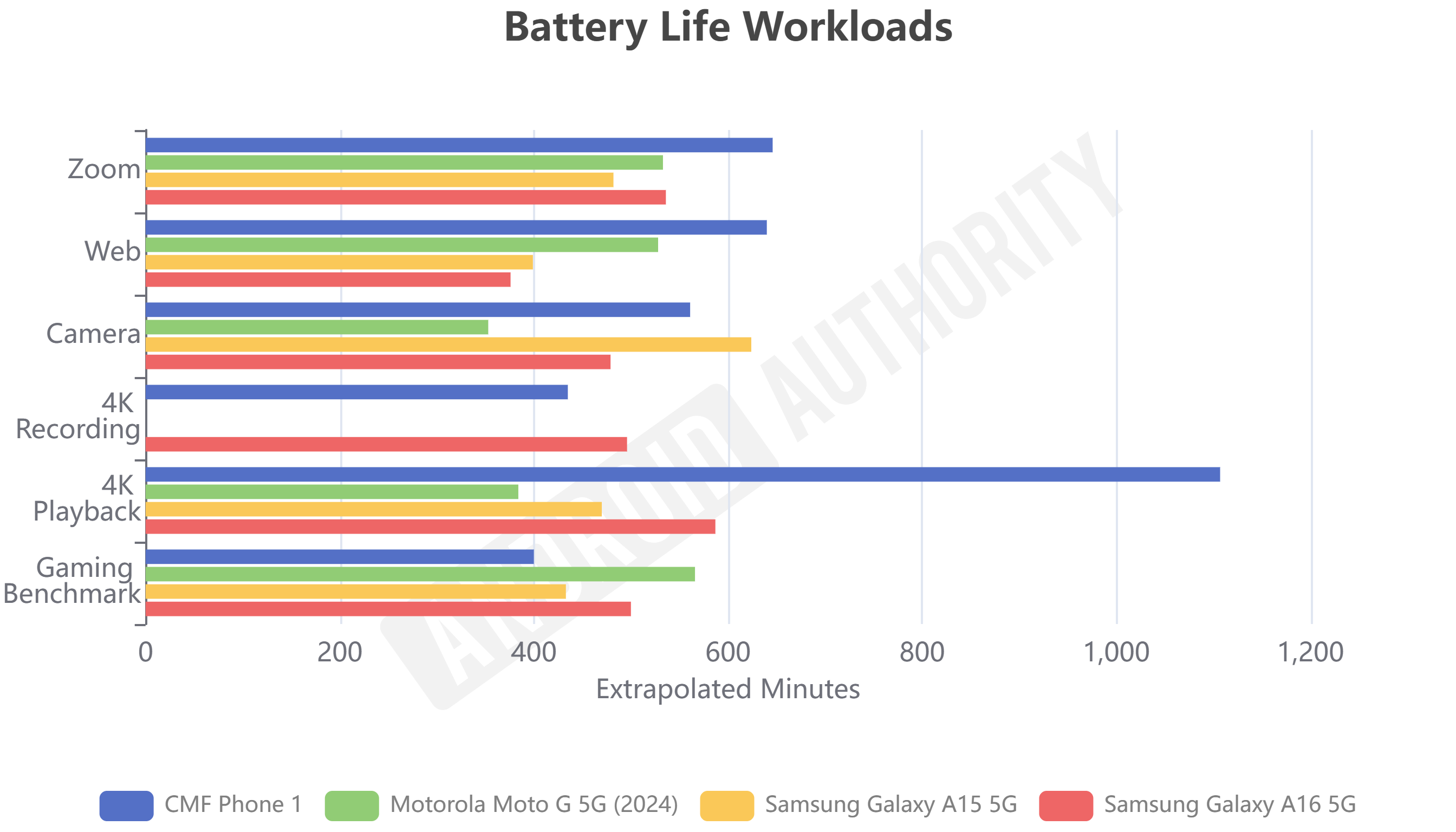
Ryan Haines / Android Authority
By then, I might also be nervous about how Samsung’s 5,000mAh battery has held up after several years of cycling, but for now, I have no issues. In addition to our standard CPU and GPU tests, we also put each phone we review through a standardized battery test, putting it through day-to-day scenarios like snapping photos, replaying 4K videos, and simulating a Zoom meeting. The Galaxy A16 5G handled each situation pretty well for the most part, trading strengths back and forth with the Moto G 5G (2024) but often falling behind the CMF Phone 1. You’ll have to ignore the decent video recording performance, though, as the Galaxy A16 5G only supports video at 1080p, not 4K, as the test requires.
I’d have to say that the real-life battery performance also pretty much mirrors what you see above. Although the Galaxy A16 5G is good across most situations, it’s not excellent, sometimes leaving me wanting a little more out of my day. I can still make it through a full day of light gaming, email responses, and social media scrolling, but the longevity isn’t quite as good as I expected from the budget-minded processor and beefy battery.
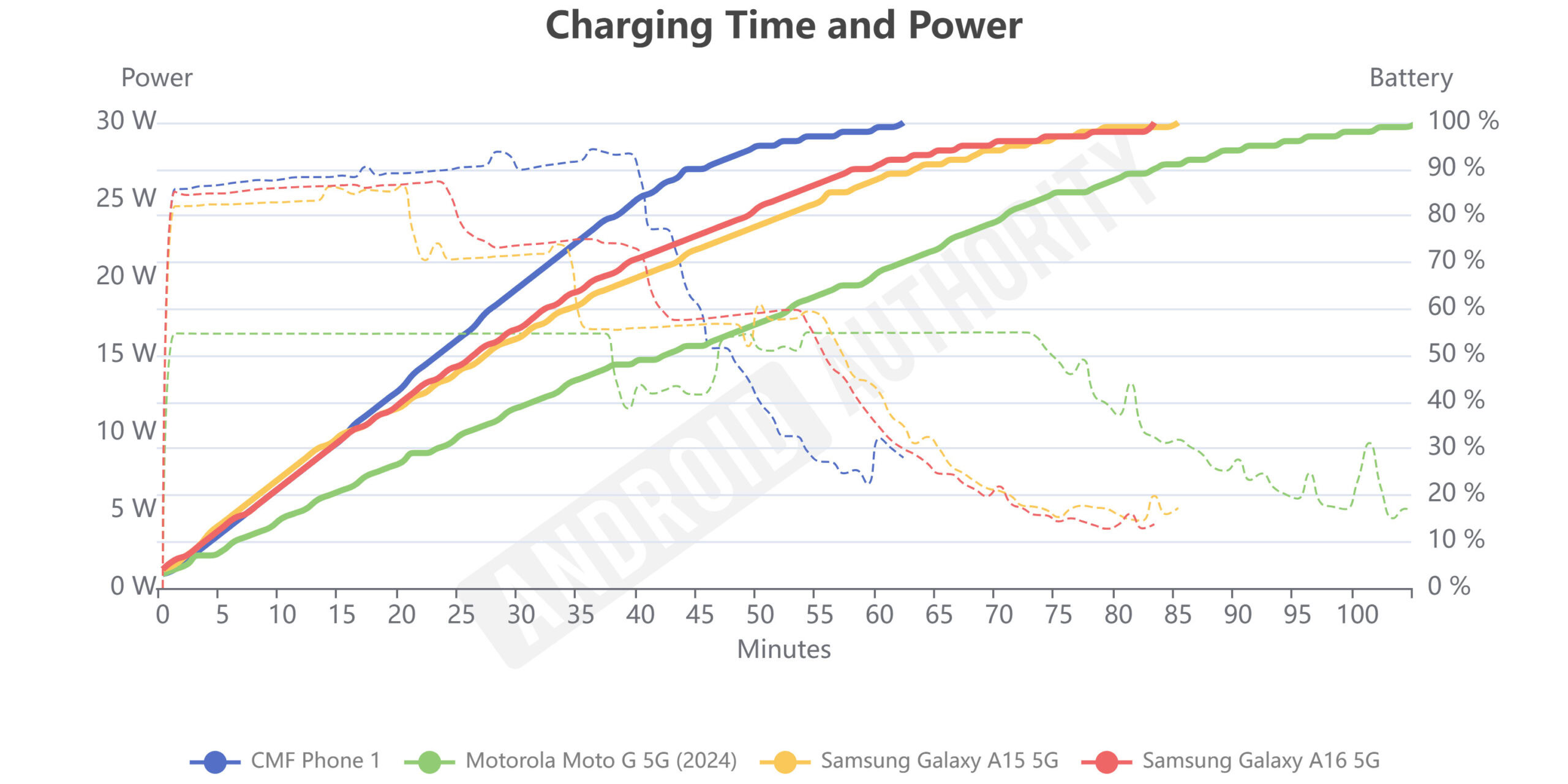
Ryan Haines / Android Authority
Thankfully, the battery and charging setup on the Galaxy A16 5G isn’t all bad news, as it carries over the same wired charging setup as Samsung’s smallest Galaxy S25 model. That means you can tap into 25W wired speeds with a compatible charger, which is a bit faster than what you get on some of Motorola’s cheapest devices. It’s not really a surprise, either, as Galaxy A devices have supported 25W charging for years. Based on the graph above, the Galaxy A16 5G has picked up a little bit of efficiency over its predecessor, trimming a couple of minutes off the total charging time. There’s still no wireless charging, though that would be quite the addition at this price point.
One good camera is good enough, I guess
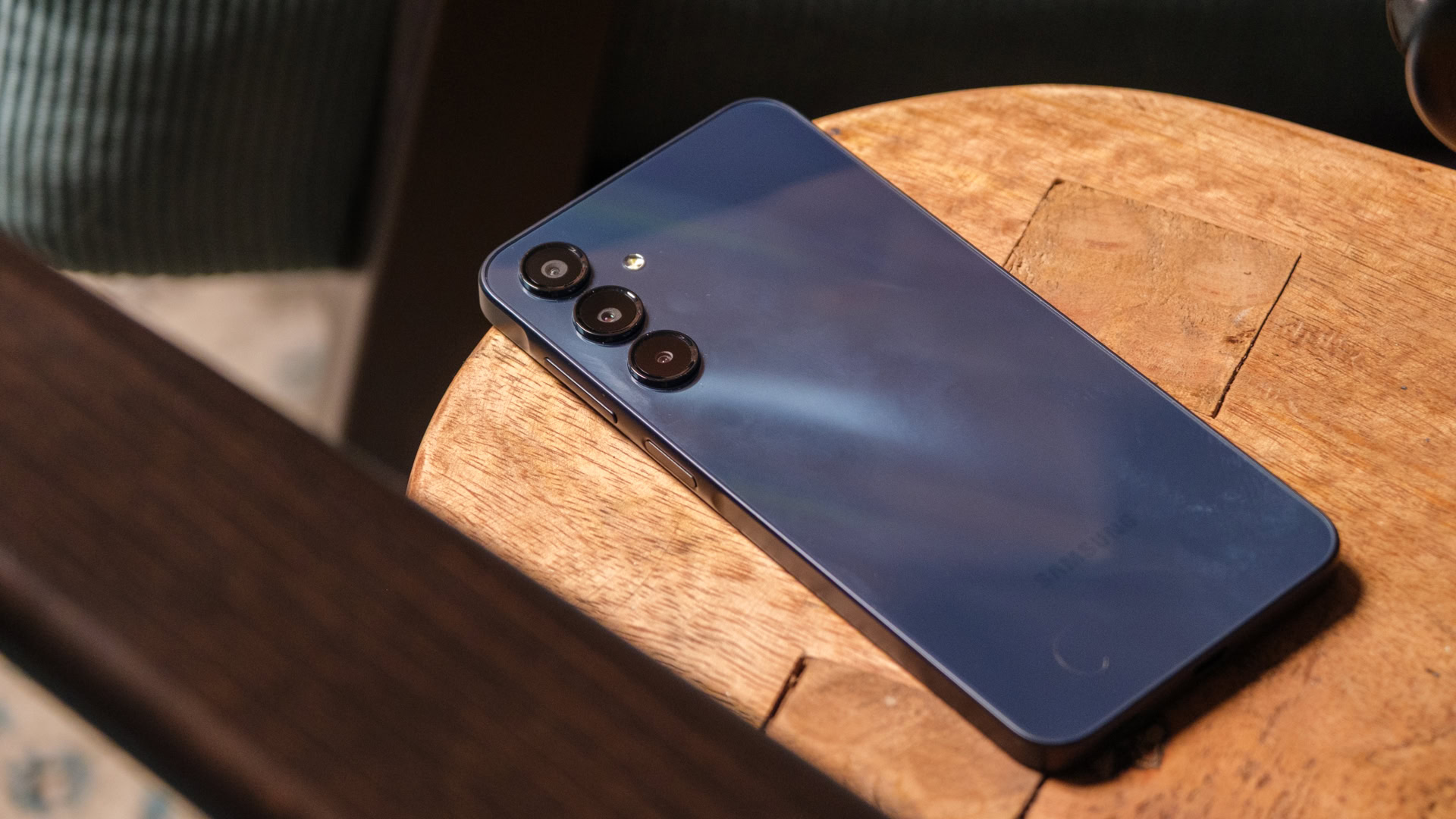
Ryan Haines / Android Authority
Flipping around to the cameras, you won’t be surprised to hear that Samsung hasn’t changed much from the previous generation — it’s been a while since Samsung did anything truly new with any of its smartphone cameras at any price tier. Case in point: the 50MP primary sensor is almost identical to the one Samsung used two years ago on the Galaxy A14 5G. Thankfully, that’s the only camera sensor that Samsung carried over from quite so far back, with the ultrawide and macro sensors only going back one generation to the Galaxy A15 5G. That doesn’t mean you’re getting a pair of high-powered sensors — it’s still a 5MP and 2MP duo — but anything beats Samsung returning to the dedicated depth sensor it previously used. So, with that very simple rundown out of the way, let’s check out some camera samples and see if this is one of the best cheap camera phones.
It’s tough to find truly exciting scenes around the mostly gray city of Baltimore right now, but I did find time to use a sunny day to my advantage. I headed out for a little bit of sunshine around my neighborhood, trying to find anything and everything with a pop of color or fine detail to see what the Galaxy A16 5G could do. For the most part, it did exactly what I expected — delivering punchy colors in bright scenes like the blue of my rental skates to the right or the green of the glass bottles in the mosaic. In both cases, I’m surprised that Samsung stuck to a pretty natural profile, given its usual love for punchy reds and greens, specifically.
Then, in search of finer details, I grabbed a snap of the wooden pier supports in the third image. Usually, most of the wooden poles are completely underwater, so I like that I got the chance to see the exposed algae and discolored wood that usually lies just below the waterline. The details do fall off a bit as you scan the poles further back, but I generally like the clarity and the reflections on one of the quieter parts of the harbor. I’m also decently impressed with the colors that Samsung pulled out of the sunset image on the left side, with good reflections in the car to the right and tree branches that stay distinguishable even as they get thinner toward the top.
Shifting away from the primary camera, Samsung’s 5MP ultrawide and 2MP macro sensors are about as good as I expected. Honestly, I don’t dislike the ultrawide results, with the cheap Android phone easily catching the entire mural to the left even though I was standing just a few feet from the base of the wall. The colors are all accurate, and the slight distortion is to be expected, given how close I was standing. The ultrawide view of skaters braving the cold for one more week in the first row also shows off a classic Samsung issue: Motion blur. Although it paused most of the slower skaters nicely in place, the one front and center is moving too quickly for the Galaxy A16 5G to process, leaving him as a blur across the ice.
The Boygenius mosaic in the second row is about as close as I could get to forcing the Galaxy A16 5G to oversaturate its colors in direct sunlight, yet I don’t think it’s too overcooked — just benefitting from some bright light. Unfortunately, the macro shot next to it is a bit less impressive. Although I didn’t expect a bright red finish out of the holly berries since nothing is thriving at our current temperatures, it looks like Samsung washed them out, giving a slight brown cast to the leaves at the top and bottom of the shot. The details on the end of each berry aren’t bad, but I struggled to keep the branch still enough for a good shot.
Switching to zoom performance, I have to admit that I had low expectations for the Galaxy A16 5G. There’s no telephoto sensor, and the primary camera starts with a 23mm equivalent field of view. So, for me to jump beyond about 2x zoom, the budget phone would have to rely on some pretty good digital cropping up to its maximum range of 10x zoom. For the most part, it did alright. Samsung’s default camera app offers buttons to jump to 2x, 4x, and 10x zoom, and I felt pretty comfortable in the 4x range. You can still easily pick out details in the traffic cone in the foreground and trees in the background, and there’s no noticeable shift in color profile as you punch in. I’m not quite as impressed with the soft details at 10x zoom, though, which make the storefront in the background look very fuzzy.
Samsung’s 13MP selfie camera might be the surprise of the bunch, though, with both shots above coming out pretty nicely. The phone held onto pretty good details throughout my face, even if portrait mode knocked out the back of my hood and a little bit of my hair. If there’s one thing I don’t love, it’s that Samsung’s single-person selfie angle might be just a bit too tight, but you can also bump to a wider selfie that fits just a bit more in the shot.

Ryan Haines / Android Authority
By the way, as the most affordable option in Samsung’s Galaxy A lineup, there are no Galaxy AI-powered camera modes to explore or editing tools to dig into — what you see is essentially what you’ll get. The Galaxy A16 5G offers some basic camera filters, though they’re not quite as modifiable as the Galaxy S25 series, nor can you create your own from an existing image. As mentioned in the performance section, the Galaxy A16 5G won’t be an excellent option for video shooters, either, as it tops out at just 1080p resolution at 30fps, which is fine for a quick clip here and there but probably not worth sharing beyond social media.
Samsung Galaxy A16 5G review verdict: A fine phone elevated by excellent updates
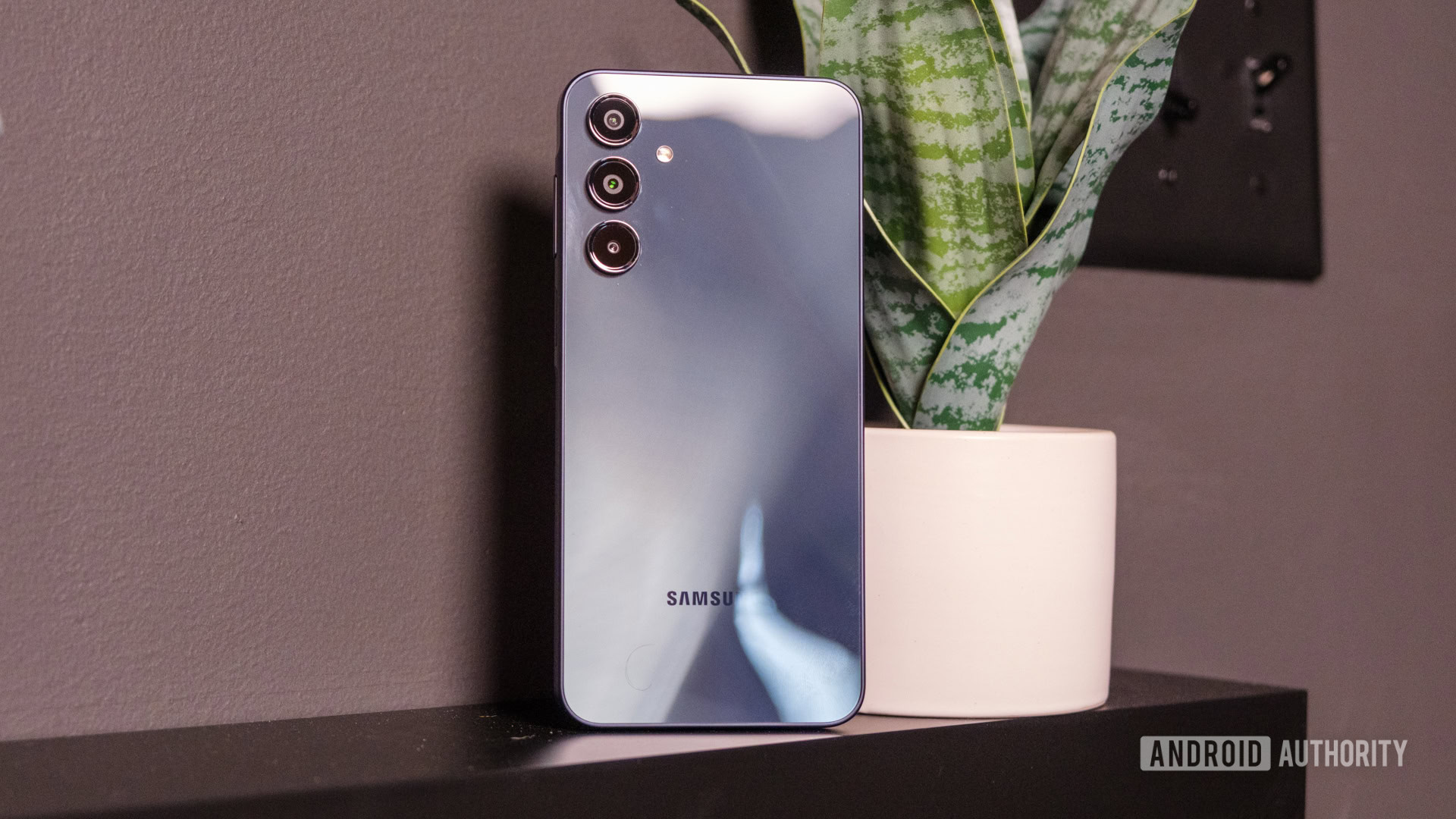
Ryan Haines / Android Authority
Ultimately, the Galaxy A16 5G is a cheap Android phone that’s “just okay” in many ways. At face value, it offers decent performance, a solid camera, and a good display, even if no one piece of the phone blows you away for $200. However, when you factor in one more thing — Samsung’s commitment to future software updates — the value of this otherwise cheap phone shoots through the roof. Despite being the cheapest phone you can get from most carriers in the US, the Galaxy A16 5G is in line for a remarkable six years of software updates.
Although it probably won’t be the first in line for any of those updates, they will come eventually, and each one will add value for those who like to hold onto their phones for years at a time. Starting with Android 15, this cheap Galaxy device will get enough major version updates to carry it through the end of the decade, which is more than flagship devices from Motorola and OnePlus currently offer. It’s right behind flagships like the Pixel 9 series, Galaxy S25 series, and iPhone 16 lineup in terms of support despite costing maybe one-quarter of what you’d pay for any of them.
Six years of software updates makes the Galaxy A16 5G’s $200 price tag go a long, long way.
And, as I see it, that makes the Galaxy A16 5G a great phone for a few particular groups. If you’re looking for a first phone for one of your kids in school or a simple, reliable phone for one of the older people in your life, the Galaxy A16 5G makes perfect sense. It offers enough battery life and a reliable primary camera for your loved one to cover most of their needs, while the plastic construction shouldn’t have you too worried about repair costs should something bad happen. The Galaxy A16 5G won’t pick up any Galaxy AI features down the road, but that’s probably for the best, given the Exynos 1330’s current stumbles. Your kids might be ready to grow out of its limited spec sheet and start begging you for an iPhone before long, but at least you can pass it from one kid to the next with several software updates remaining.
That said, the Galaxy A16 5G might not be for everyone. You might be willing to trade one or two software updates for better cameras or nicer materials, even if it means spending more money. Right now, the Galaxy A16 5G’s closest rival is Motorola’s new Moto G 5G (2025) ($199.99 at Amazon). It’s about as close to a dollar-store version of a Ford vs Ferrari rivalry as you can ask for, with both phones packing 5,000mAh batteries, 50MP primary cameras, and low-grade water resistance while sitting neck and neck at the $200 price point. I’d still lean towards the Galaxy A16 5G for its extra camera, official IP rating, and incredible software support, but I can’t deny that I like the way Motorola’s vegan leather feels in hand.
Other alternatives to the Galaxy A16 5G include Samsung’s own Galaxy A35 5G ($359.99 at Amazon), which is a bit more expensive but offers upgrades like a Gorilla Glass Victus Plus display and an official IP67 rating. It’s a bit easier to recommend than Samsung’s Galaxy A25 5G, as the Galaxy A16 5G nearly matches many of that year-old phone’s specs. Otherwise, the Galaxy A35 5G bumps its camera trio up to a 50MP primary camera backed by 8MP ultrawide and 5MP macro shooters, both of which are sharper than you’ll find on Samsung’s most affordable option.
Also, if you live outside the US, it might be worth checking out the customizable CMF Phone 1 from Nothing ($289 at Amazon). It’s more performant than the Galaxy A16 5G and offers a series of interchangeable backs and accessories, like a cardholder and kickstand, that you can attach to the bottom right corner of your phone. Unfortunately, Nothing’s debut budget phone doesn’t have official carrier support for the US’s big three, but it does add an interesting wrinkle to an otherwise basic budget market.
Samsung Galaxy A16 5G
MSRP: $199.99
Budget phone, flagship support.
The Galaxy A16 5G continues Samsung’s trend of reliable budget phones, only this time it’s equipped with flagship-grade software support that will see it enjoy up to six years of updates.
Positives
- Stellar software update promise
- Solid primary camera
- Decent battery life
- Great price
- Good charging
Cons
- Just-okay build quality
- Aging performance
- Weak peripheral cameras
- Bland design
What’s your reaction?
Love0
Sad0
Happy0
Sleepy0
Angry0
Dead0
Wink0
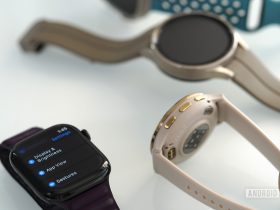

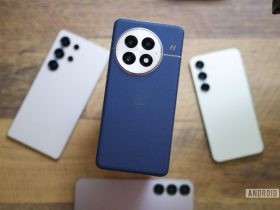

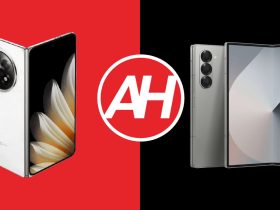
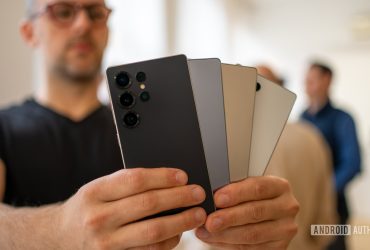
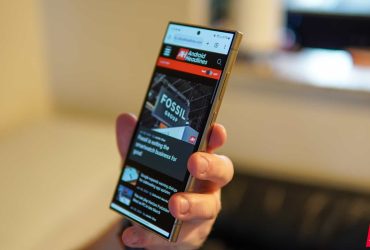
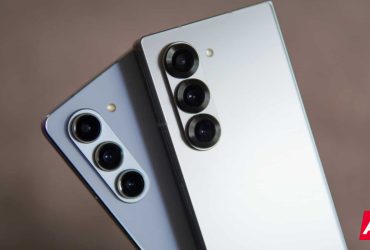
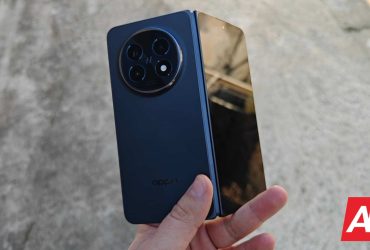
Leave a Reply
View Comments